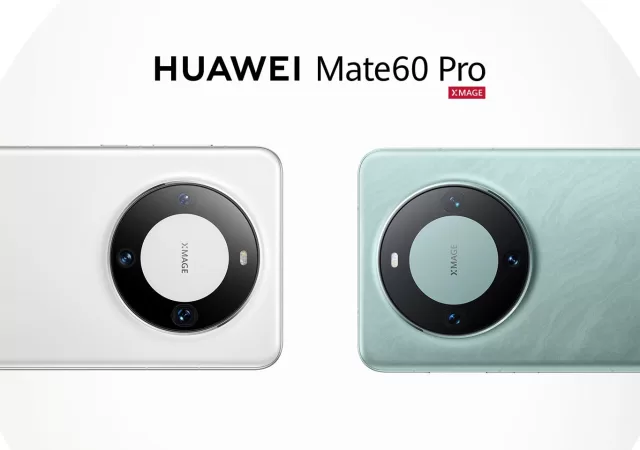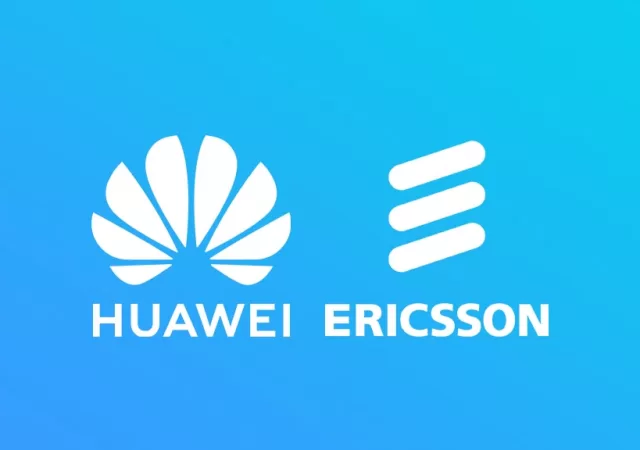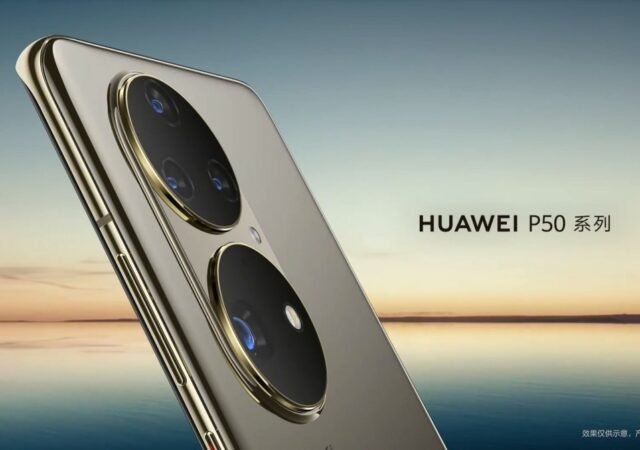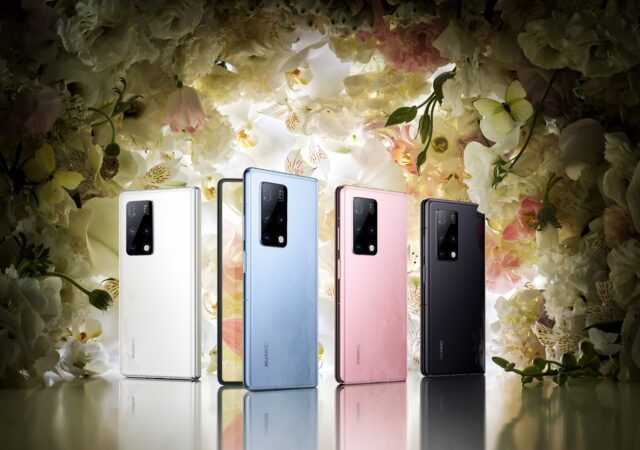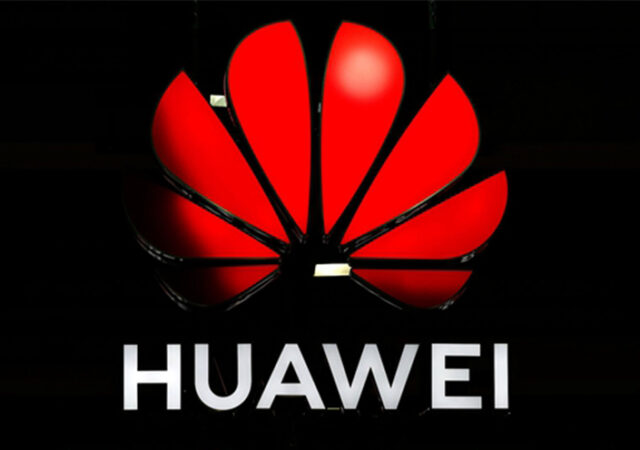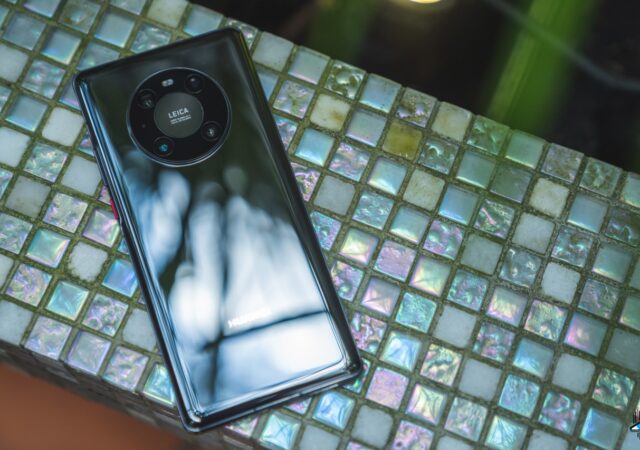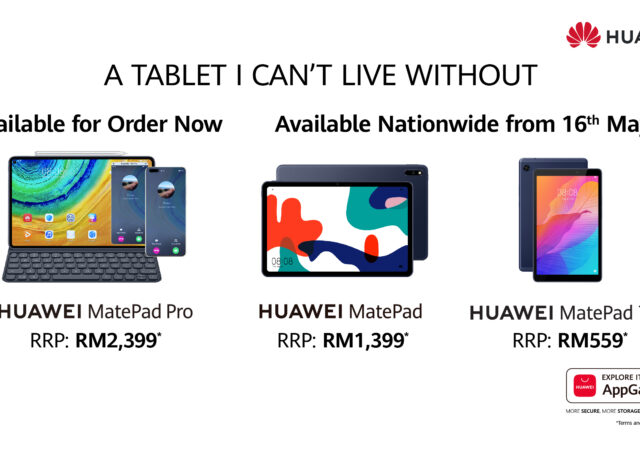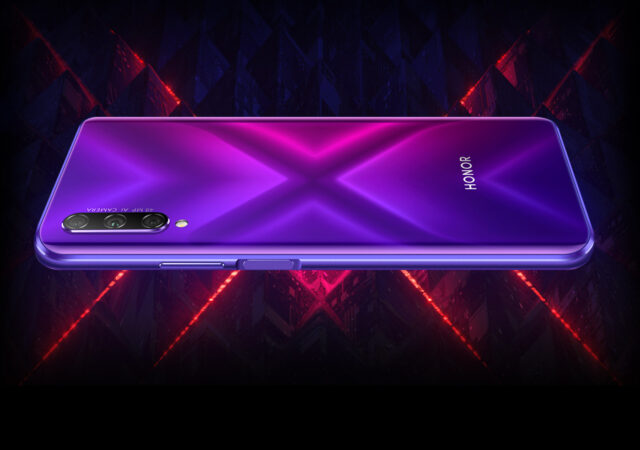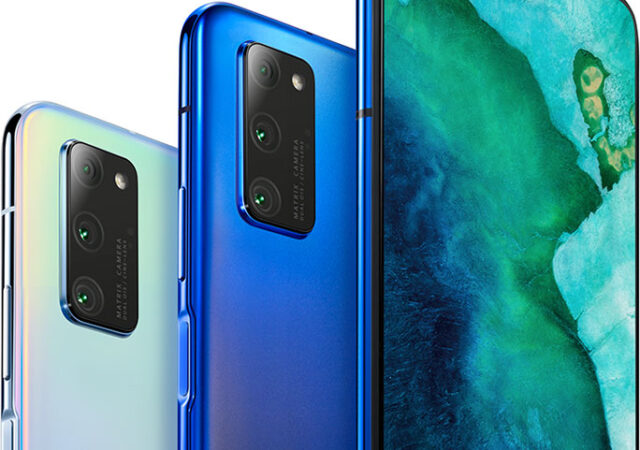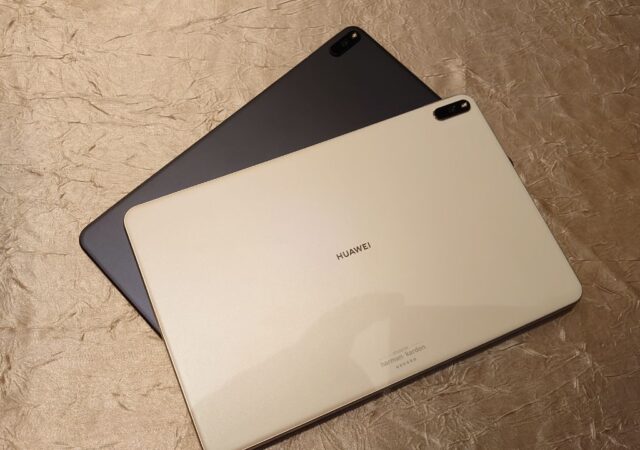Huawei silently unveils the HUAWEI Mate60 and Mate60 Pro in China and reports indicate that the Harmony OS touting smartphone has 5G connectivity.
Huawei’s Cross-Licensing with Ericsson and Kirin Chip Resurrection
Huawei is making headlines once again with two significant developments that promise to reshape its future trajectory. From securing a cross-licensing agreement with Ericsson to the exciting resurrection of Kirin chips, Huawei is demonstrating its commitment to collaboration and innovation.…
The HUAWEI P50 Has a Launch Date – Stay Tuned on 29 July 2021
HUAWEI’s Richard Yu confirms that the HUAWEI P50 will launch on 29 July 2021 with “new mobile imaging technology”.
The HUAWEI Mate X2 Launched Still with Android Based EMUI 11
The HUAWEI Mate X2 with EMUI 11 was just launched in China and is going on sale on the 25th of February, 2021 onward at CN¥ 17,999.
Huawei Could Be Spinning Off the Mate & P Lines of Smartphones
Rumours are emerging of Huawei potentially selling off their premium smartphone line ups to allow them to thrive.
The HUAWEI Mate40 Series is Here Finally, Still Without Goole Play Store
HUAWEI just released their most powerful smartphone ever. The HUAWEI Mate40 series packs the power of the 5nm Kirin 9000.
HUAWEI MatePad and MatePad T Completes the Family
HUAWEI completes their new tablet family with the HUAWEI MatePad and the HUAWEI MatePad T 8. The 10-incher HUAWEI MatePad is technically a budget version of the MatePad Pro, while the MatePad T 8 is an entertainment and education powerhouse.
HONOR 9X Pro Launched – Little Things Matter
HONOR has launched the HONOR 9X Pro globally. The HONOR 9X Pro is meant to be HONOR’s latest mid-range champion delivering great power at great value. The device is powered by a flagship class Kirin 810 paired to 8GB of RAM and 256GB of storage.
HONOR View30 Pro – Creator Grade Videos Made Possible
The HONOR VIew30 Pro is here to replace the HONOR View20 Pro. The new flagship comes with a powerful Kirin 990 SoC ready for 5G connectivity in the future. The device is expected to be available globally March 2020 onward.
HUAWEI MatePad Pro – Built To Unleash Your Creativity On-the-Go from EU€ 549!
The HUAWEI MatePad Pro was announced globally in Barcelona. The new tablet device are made for the creative industry and meant to be used with the M-Pencil. It starts at EU€ 549 and tops out at EU€ 949.



